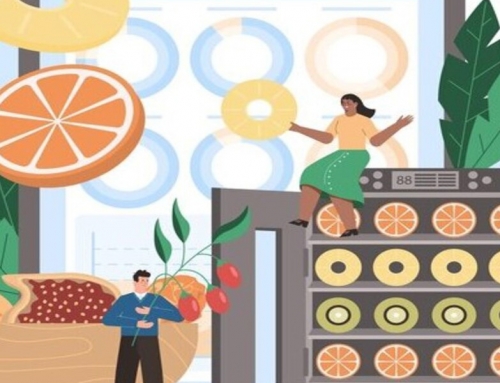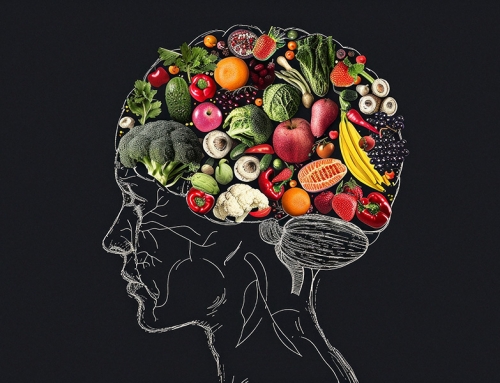Introduction
India is facing a burden of malnutrition, nearly a quarter of women of reproductive age are undernourished, with a body mass index (BMI) of less than 18.5 kg/m (1). It is estimated nearly one-third of women of reproductive age and nearly half of the pregnant women are anaemic all across the world. The WHO has classified India as a country with severe anaemia among pregnant women (2). Men and women have different nutritional needs due to their biological differences in the body. Hormonal changes associated with menstruation, childbearing, and menopause make women at higher risk of anaemia, osteoporosis, and various nutritional deficiencies Moreover, in developing nations women are more likely to experience nutritional inadequacies due to socioeconomic factors such as low social status, poverty, and illiteracy. Additionally, inequalities in household work can also put a woman at risk of malnutrition (3). According to UNICEF, Indian women’s diets are frequently insufficient to meet their nutritional demands (4).
Why adequate nutrition is important for women?
Nutrition for women is critical because inadequate nutrition affects not only themselves but also the health of their children. Requirements for macronutrients and micronutrients are significantly increased during pregnancy to support the growth of the foetus, and the development of the placenta and maternal tissues. During the lactation period, nutritional demands are also increased to support the infant’s nutritional needs (5).
Undernourished girls are more likely to become undernourished mothers, who are more likely to have low birth weight babies. Children of undernourished mothers are more likely to experience cognitive deficits, short stature, decreased infection resistance, as well as a higher lifetime risk of illness and mortality. Recent research indicates that malnutrition is responsible for 60% of deaths in children under the age of five and children’s malnutrition is strongly correlated with mothers’ poor nutritional status. Underweight women may also have stunted growth, which is a known risk factor for obstetric complications that can harm or kill mothers and their unborn children (6). Every day, 810 women die from preventable causes associated with pregnancy and childbirth (7).
Women’s malnutrition causes economic losses for families, communities, and countries as it reduces women’s ability to work and can have long-term consequences. Addressing women’s malnutrition has a variety of positive effects because healthy women can perform multiple roles such as generating income, ensuring the nutrition of their families, and having healthy children, all of which contribute to socioeconomic development (3).
Nutrition is essential for women at all stages of their lives
Nutrition is important at every phase of women’s life. Addressing the needs of girls and women throughout their lives can improve women’s nutritional status in a country. Adolescent girls are especially vulnerable to malnutrition because they grow faster than at any other point after their first year of life. Protein, iron, and other micronutrients are required to support adolescent growth and meet the body’s increased demand for iron during menstruation (8). Many nutritional deficiencies in infancy and childhood have irreversible consequences, thus interventions to promote adequate nutrition should begin from infancy onwards.
There are significant links between maternal nutrition and future generations’ health, cognitive development, and earning potential. However, women experiences extend beyond motherhood. There are interventions and policies for women participating in maternal-child health programmes but they fail to account for women before and after they conceive, as well as those who never have children. A healthy diet includes eating whole grains, fruits and vegetables, and low-fat dairy products. It also includes having enough protein in your diet, which can be found in lean meats or beans. It’s important for women to include foods rich in calcium, vitamin D, B vitamins, and iron in their diet to maintain bone health and prevent anaemia (9). Nutrition is important to a woman not only because of her reproductive potential, but also because it is fundamental right (10).
References:
- //rchiips.org/nfhs/factsheet_NFHS-5
- //www.who.int/health-topics/anaemia
- //academic.oup.com/cdn/article/3/1/nzy076/5105750
- //www.unicef.org/india/what-we-do/womens-nutrition
- //www.nin.res.in/downloads/DietaryGuidelinesforNINwebsite.pdf
- //www.unscn.org/uploads/web/news/2000-FEB-Ending-Malnutrition-by-2020
- //www.who.int/health-topics/women-s-health
- //www.prb.org/resources/nutrition-of-women-and-adolescent-girls-why-it-matters/
- //www.eatright.org/food/nutrition/dietary-guidelines
- //academic.oup.com/cdn/article/3/1/nzy076/5105750
Affiliation:
- Graduate School of Public Health and Health Policy, City University of New York, New York, United States
- Foundation of Healthcare Technologies Society, New Delhi, India






Leave A Comment